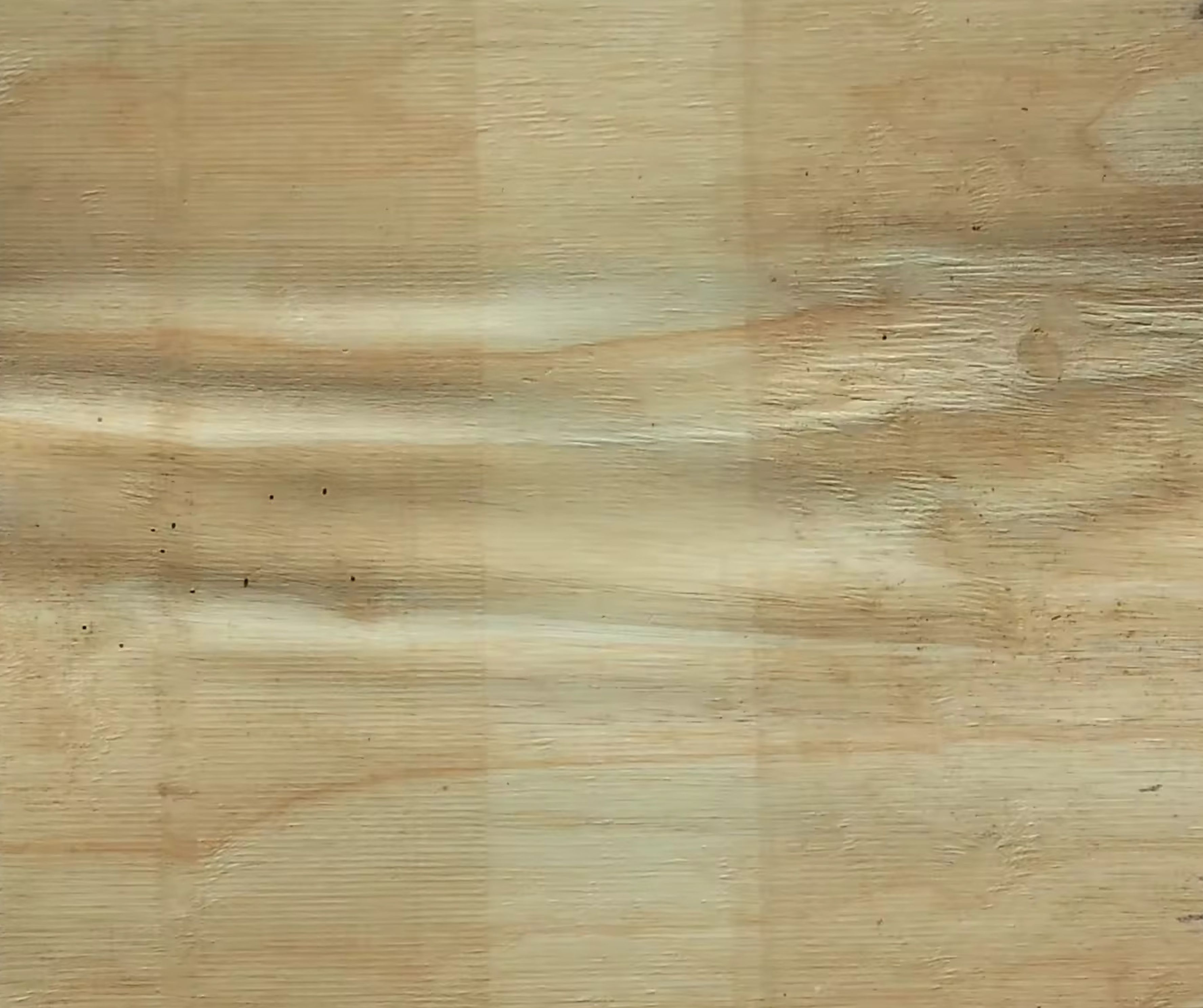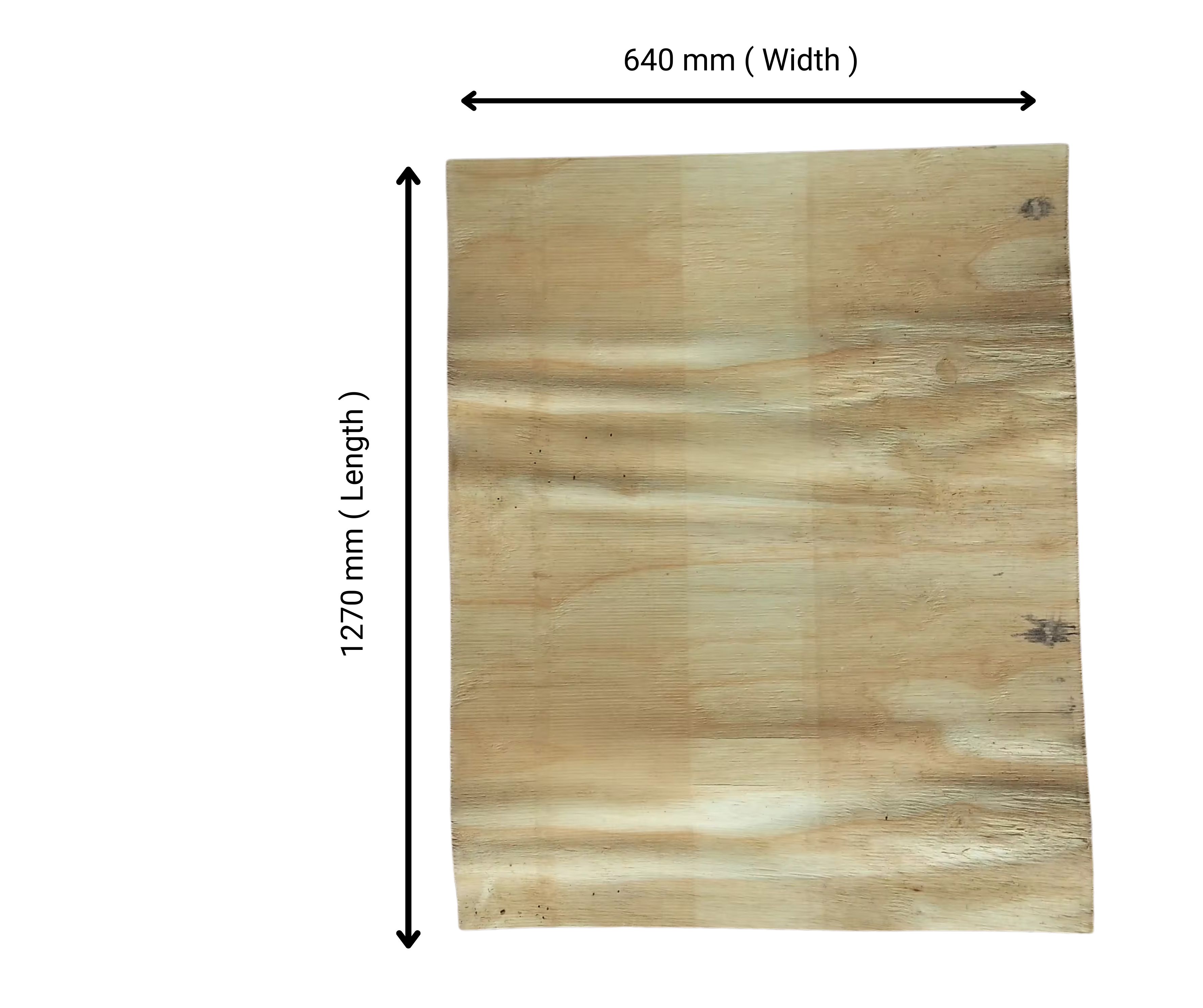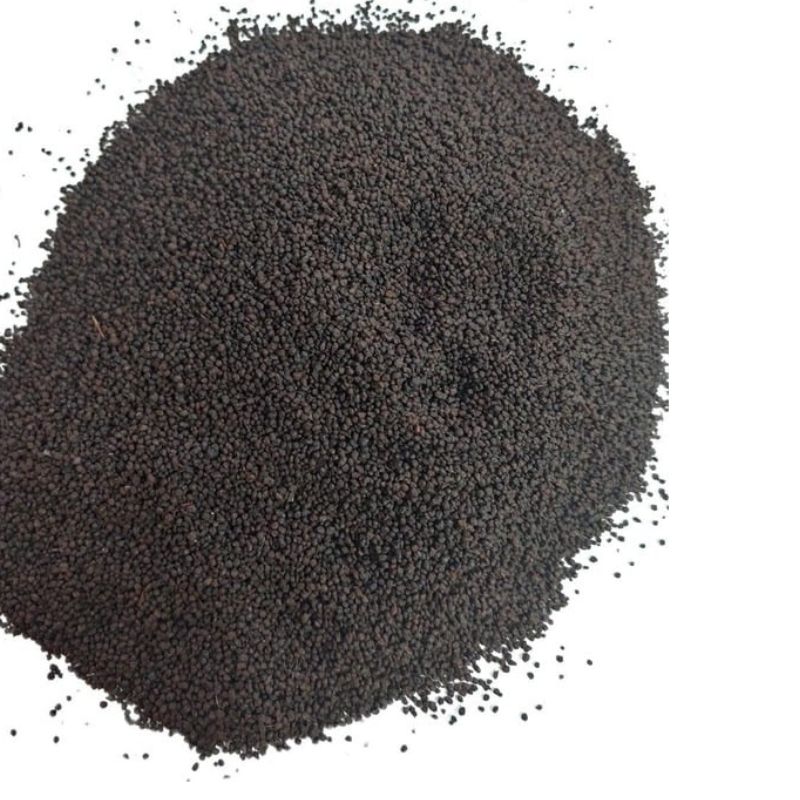Rubber Veneer
Specifications:
– Dimensions (Length x Width): 1270mm x 640mm
– Thickness: 1.7mm ~ 2mm
– Tolerance: 0~0.05 mm
– Quality: 100% A, 90% A 10% B
– Moisture: 20%~25%
– Packaging: 1600~1700 bundles/container 40ft
– Quantity: 40HC container, 40ft container, 20ft container
– Payment method: TT, L/C
– Quotation method: CNF, CIF, FOB
– Ability supply: 50 x 40ft/month
- Origin port: Haiphong, Vietnam
Vietnamese Rubber Veneer is derived from the rubber tree (Hevea brasiliensis) abundant in Vietnam. This veneer offers a unique blend of durability, flexibility, and aesthetic appeal. Produced through meticulous slicing or peeling of rubberwood logs, it showcases distinctive grain patterns and warm tones. Renowned for its sustainability, Vietnamese Rubber Veneer promotes responsible forestry practices. Widely utilized in furniture making, interior design, and architectural projects, it adds a touch of natural elegance to various applications. With its eco-friendly credentials and versatility, Vietnamese Rubber Veneer continues to gain recognition both domestically and internationally in the woodworking industry.
The process of producing Rubber Veneer involves several stages:
Log Selection: High-quality Rubber logs are chosen based on their size, straightness, and absence of defects.
Log Preparation: The selected logs are debarked and prepared for slicing or peeling. This may involve soaking the logs to soften them for easier cutting.
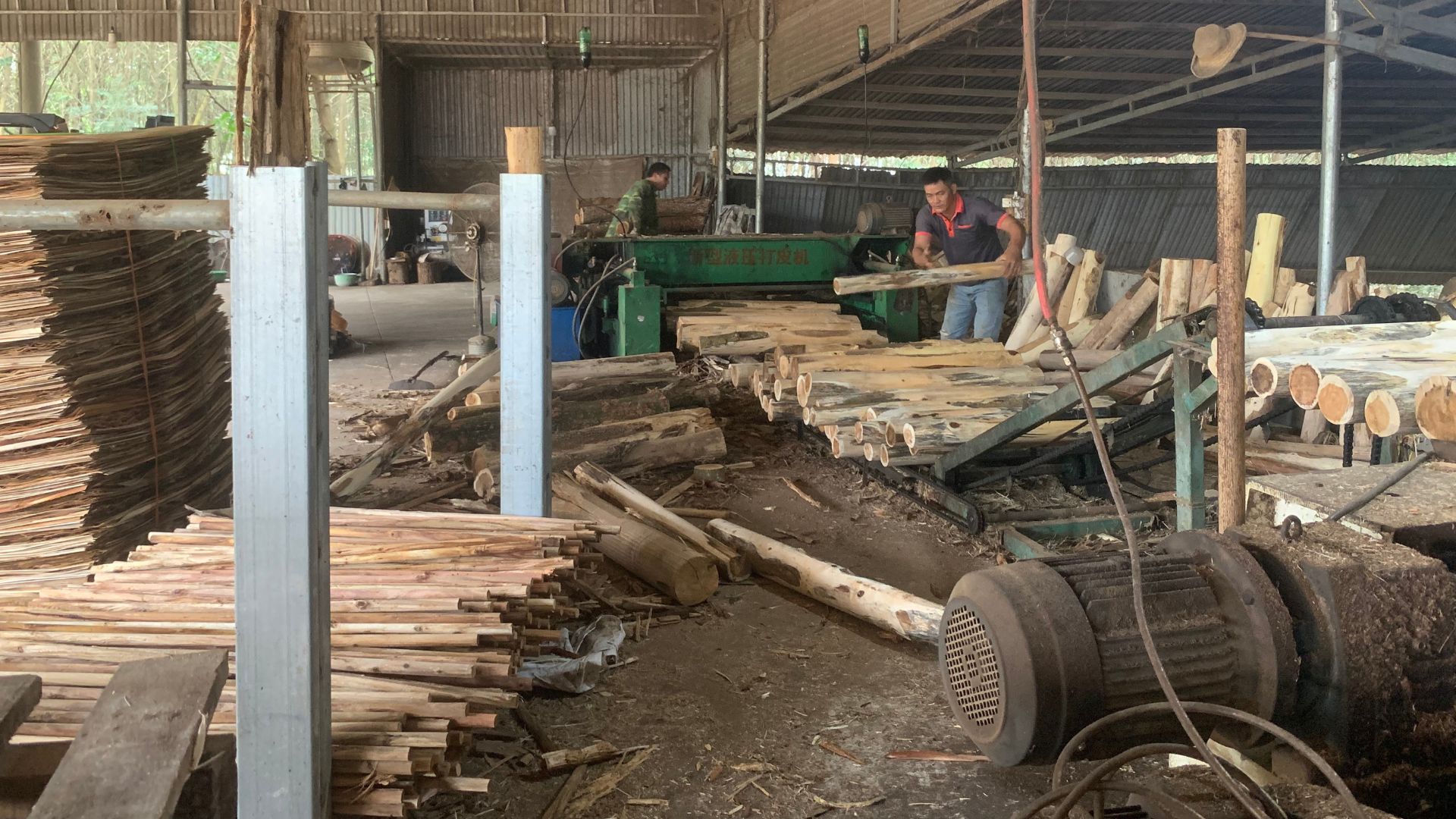
Slicing or Peeling: The prepared logs are sliced into thin sheets using a veneer slicer or peeled using a rotary lathe. Slicing produces flat-cut veneer, while peeling results in rotary-cut veneer, each with its own distinct appearance.
Drying: The freshly cut veneer sheets are dried in a controlled environment to remove moisture and stabilize the wood. Proper drying is essential to prevent warping or cracking.
Grading: The dried veneer sheets are graded based on their quality, considering factors such as grain pattern, color consistency, and surface defects.
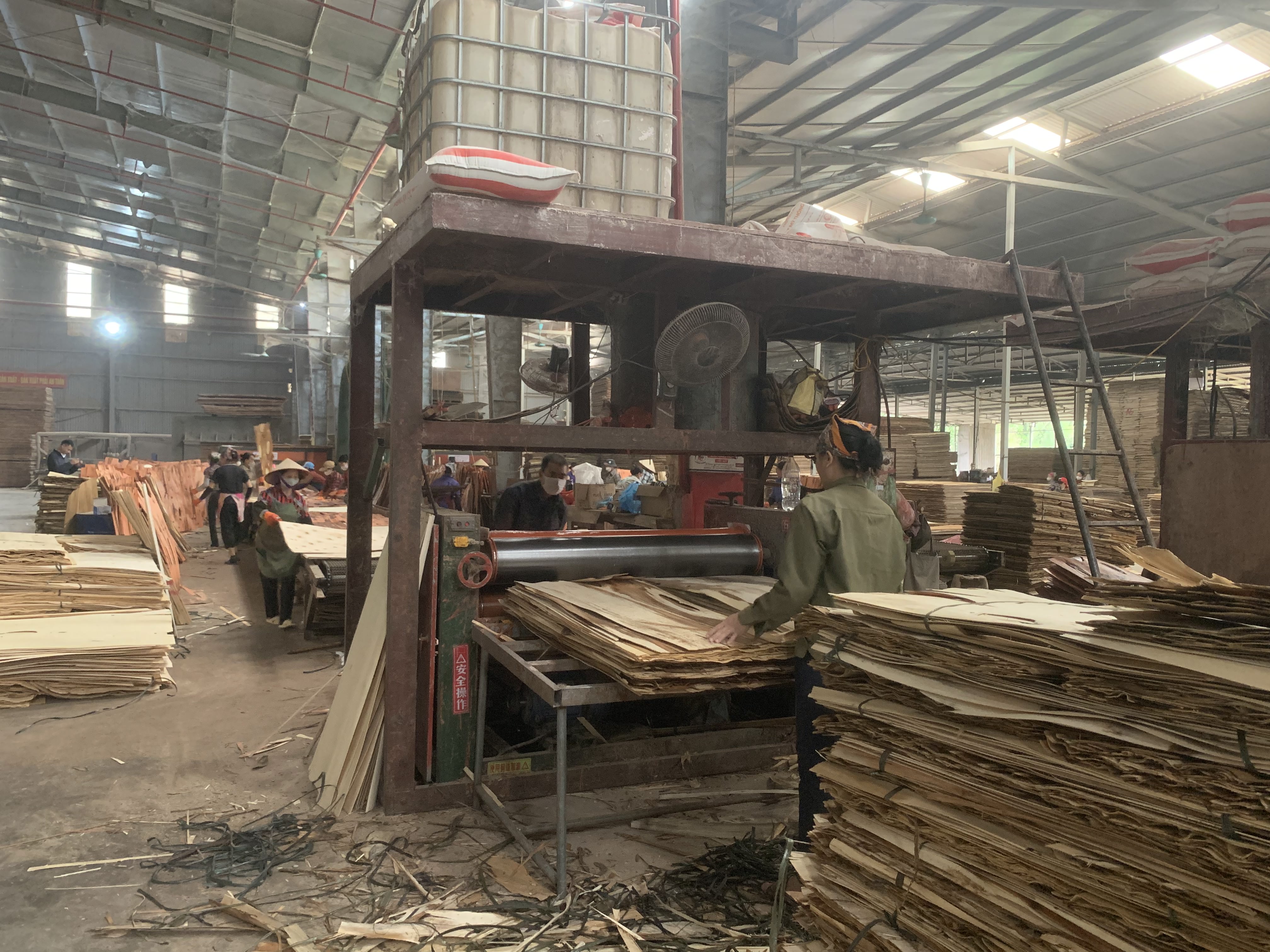
Trimming and Sanding: Veneer sheets may undergo further trimming and sanding to achieve uniform thickness and smoothness.
Finishing: Depending on the desired application, the veneer may be finished with stains, sealants, or coatings to enhance its appearance and protect the wood.
Packaging: The finished veneer sheets are packaged and prepared for distribution to manufacturers or customers.
Throughout the production process, strict quality control measures are implemented to ensure that the Acacia veneer meets industry standards and customer expectations for appearance and performance.
Contact for consultation/order
Contact for consultation/order


